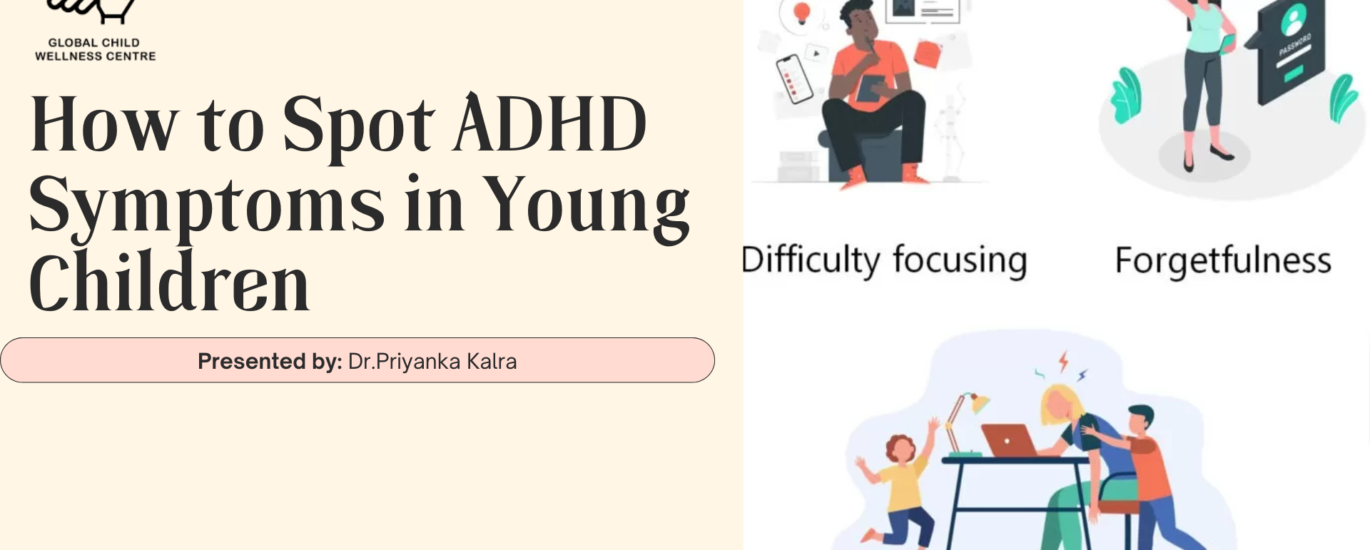ADHD in young children often presents unique challenges, but early identification is crucial for effective support. While common symptoms like inattention, hyperactivity, and impulsivity are the hallmarks of ADHD, other conditions such as autism, learning disabilities, and hyperactivity can coexist, making it important to assess a child’s behaviors comprehensively.
Recognizing ADHD Symptoms:
Inattention:
- Struggles to follow through on tasks or instructions.
- Frequently loses toys, school supplies, or personal items.
- Appears to daydream or becomes easily distracted.
Hyperactivity:
- Constantly moves, climbs, or runs, even in inappropriate situations.
- Talks excessively or blurts out answers without waiting.
- Finds it nearly impossible to sit still during meals or quiet activities.
Impulsivity:
- Interrupts conversations or games.
- Acts without considering consequences (e.g., running into the street).
- Has difficulty waiting their turn during play or group activities.
Coexisting Challenges in Children:
- Autism Spectrum Disorder (ASD): Social challenges, sensory processing difficulties, and repetitive behaviors may overlap with ADHD symptoms.
- Learning Disabilities: Academic struggles despite apparent effort or intelligence can signal a dual diagnosis.
- Hyperactivity: Excessive energy levels can disrupt daily routines, particularly in structured settings like classrooms.
Emotional and Behavioral Impacts in Adults and Children:
For adults, ADHD often contributes to stress, anxiety, sleep problems, depression, and OCD, which require personalized treatment plans. In children, these issues may manifest as frustration, frequent meltdowns, or resistance to transitions.
Early Steps for Support:
- Understand the Signs: Document behaviors that seem unusual or interfere with daily activities.
- Seek Professional Guidance: Pediatricians, psychologists, or psychiatrists can evaluate and differentiate ADHD from autism or other conditions.
- Implement Strategies:
- Use visual schedules and timers to support routines.
- Encourage activities that channel energy, such as outdoor play or sensory-friendly games.
- Provide clear and consistent rules with positive reinforcement.
Recognizing ADHD early, alongside related conditions like autism, anxiety, and learning disabilities, helps parents create an environment where their child can thrive and develop to their fullest potential.

